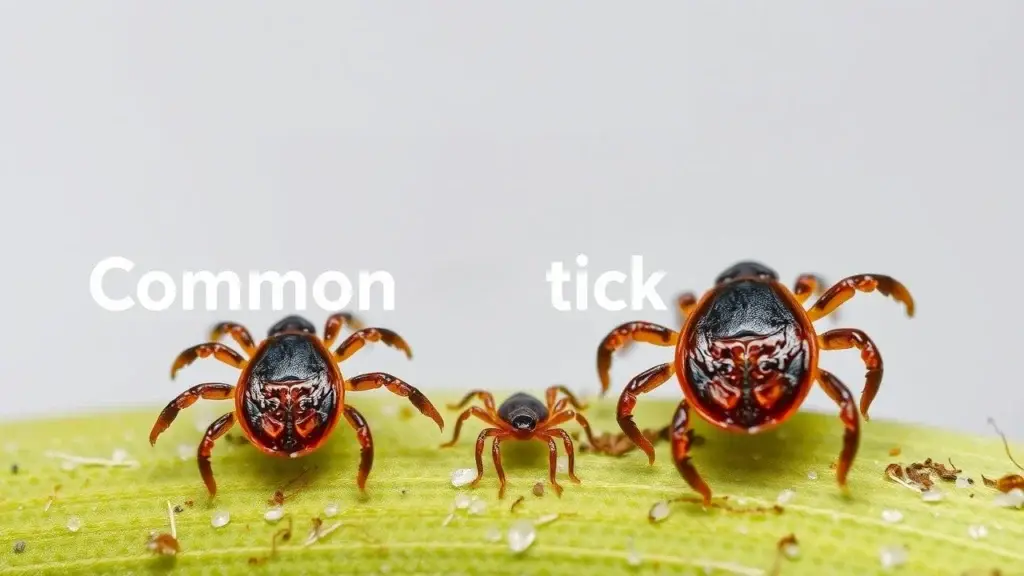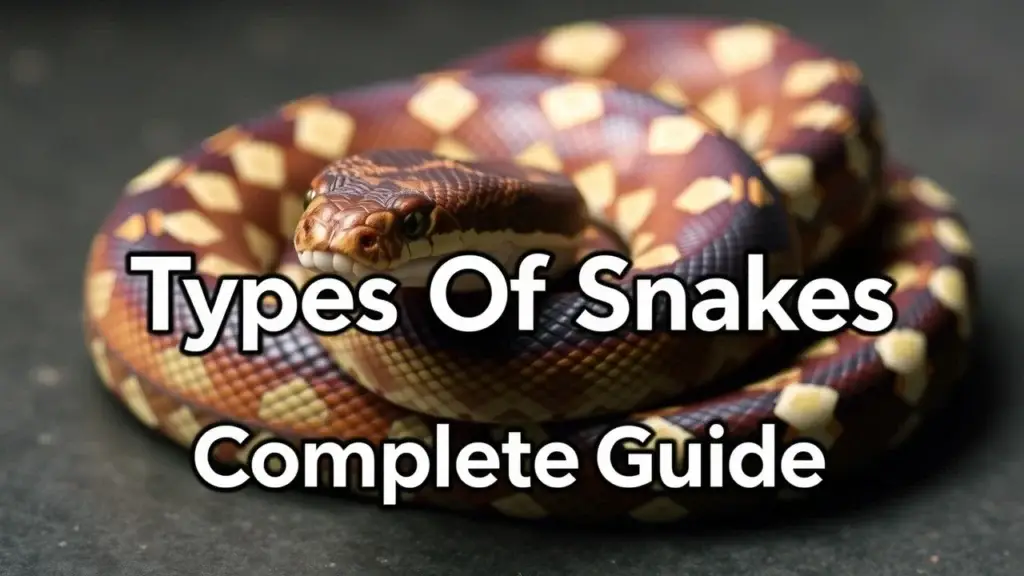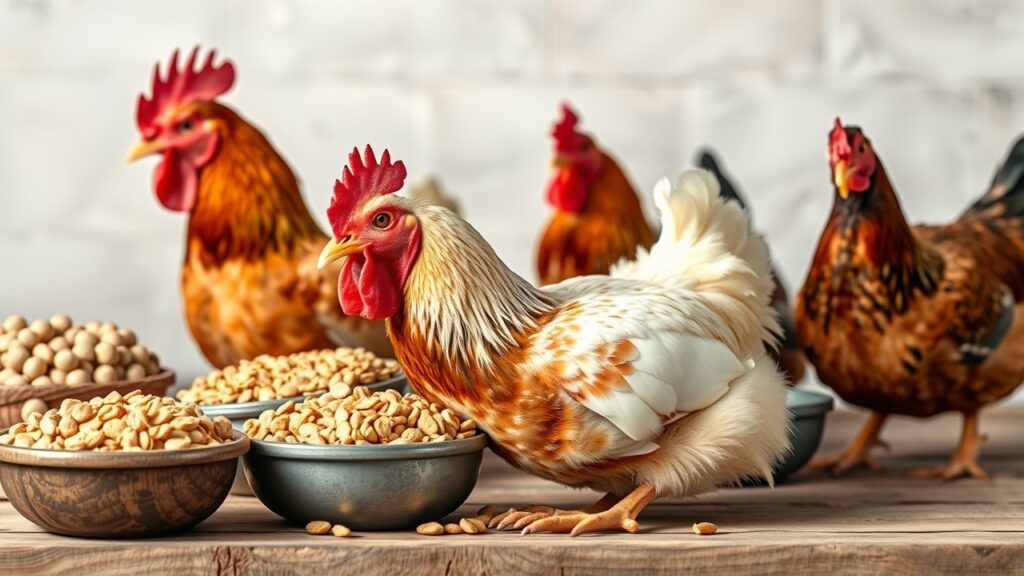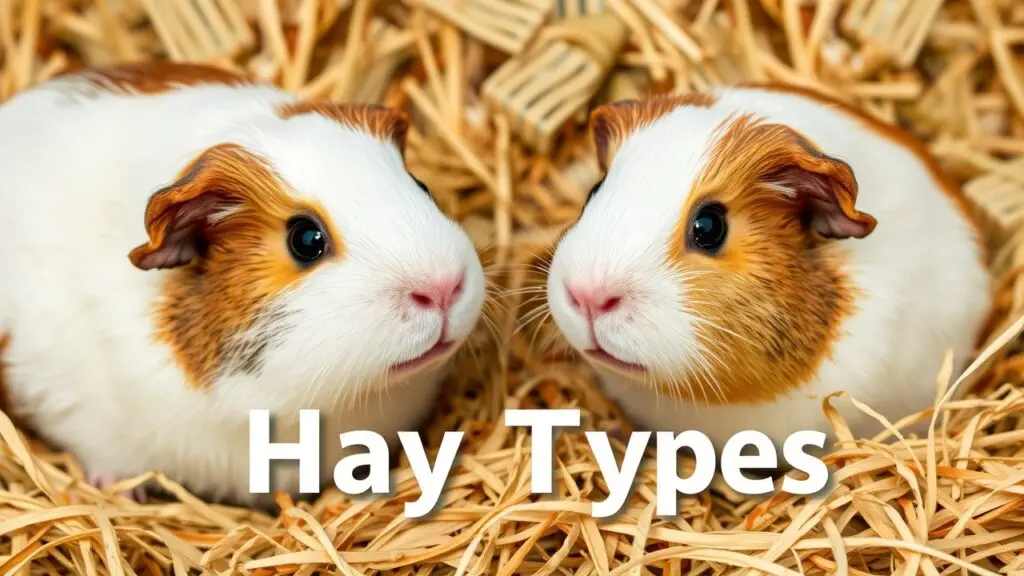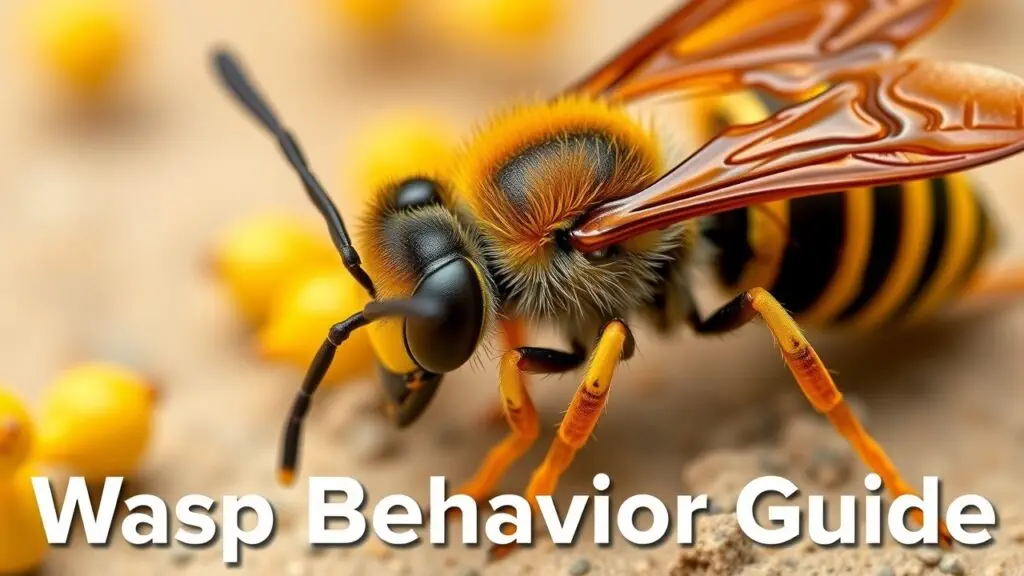Types of ticks vary widely, impacting identification and requiring different prevention methods. Learn about common tick...
Learn about different types of snakes, from venomous cobras to non-venomous pythons. This guide covers identification,...
Types of poultry feeds vary by bird age and purpose. This guide covers chicken, broiler, and...
Discover different types of hay for rabbits. Choosing the right hay is crucial for your rabbit’s...
Types of hay for guinea pigs are crucial for their health; Timothy hay is a staple...
This guide covers retractable, adjustable, and other types of dog leashes, comparing materials like nylon, leather,...
This guide explores various types of cat litter (clay, silica, natural), comparing clumping/non-clumping, scented/unscented options to...
This guide helps you learn about the types of wasp identification and improve your pest identification...
This guide explores types of wasp behavior, covering aggression levels across various wasp species, including bees...
Understanding types of wasp habitats is key to managing these insects. This guide explores the habitats...

